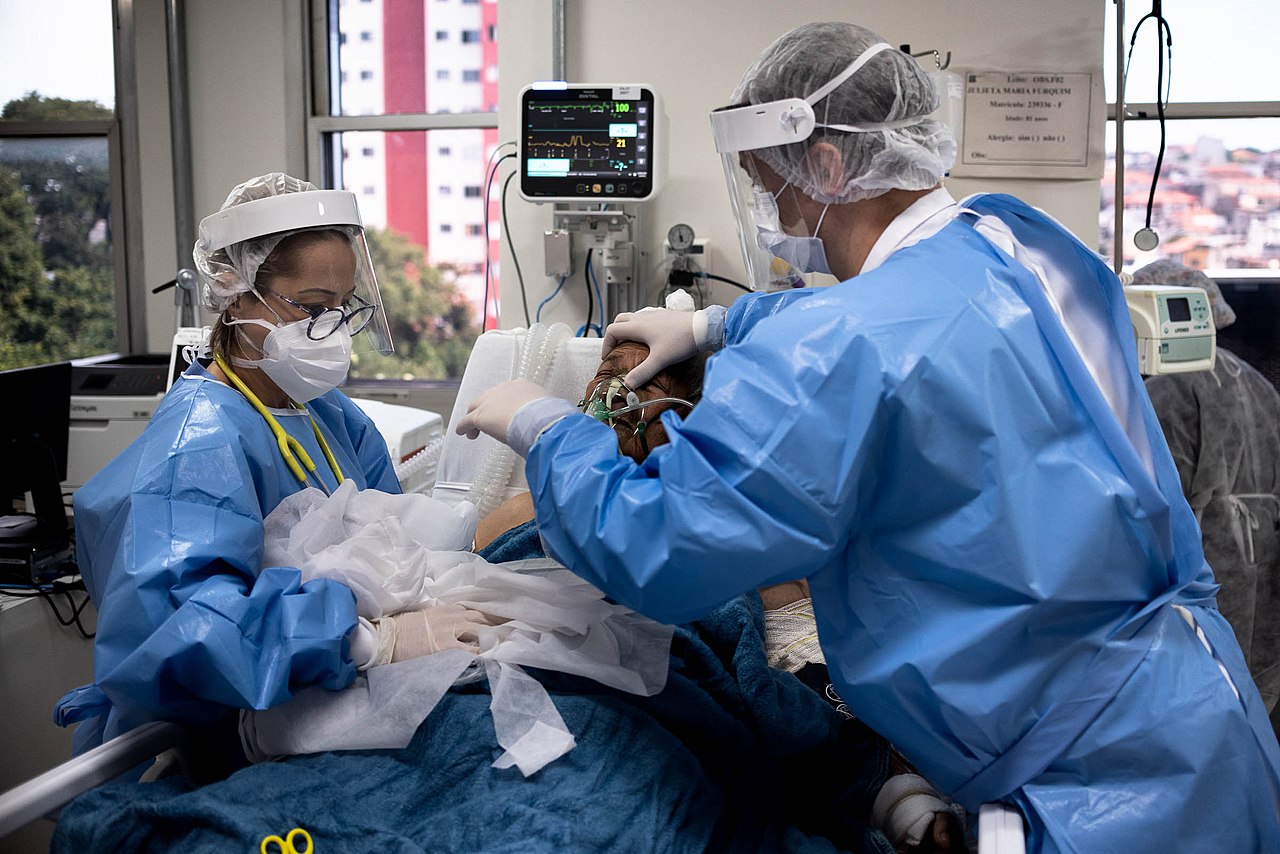In a much-publicised 2014 study, two Japanese neuroscience researchers found Brazilian soccer star Neymar used 90% less of his brain capacity – measured by neuron signals – compared to a group of Spanish second division players.
In simple terms, it was as if his brain was on auto pilot compared to the lower-level athletes.
The study highlighted the old adage that “the majority of elite sport is played above the neck”, but its impact on sports coaching was constrained by a lack of understanding of how athletes’ brains worked.
More recent research under the umbrella label of “predictive processing” is able to shed light on this phenomenon with practical implications for sports coaching.
What is predictive processing?
Predictive processing breaks with the longstanding view of the brain as a computer that somehow sifts through all the sensory information it constantly receives, prioritises what is important and then decides on what action to take.
Instead, those who believe in predictive processing view the brain as constantly predicting its input based on best-bet estimations via its predictive model. It’s a case of “we see what we believe” rather than “we believe what we see”.
Of course, being a prediction, there will be some errors or surprises. Critically, it is only these errors or surprises which are processed by the brain, leading to action.
A practical example of predictive processing
Consider the following scenario.
After driving home from work listening to talkback radio, it struck me that I had no memory of the 20-minute trip.
Why? The predictive processing view of the brain has a simple and powerful explanation.
During the trip, which was uneventful, my predictive model of traffic on that specific route meshed with the sensory information during the drive. There were no surprises, such as an accident or detour, that required further processing.
In the event of an accident or a detour, further processing would have been generated, triggering increased attention.
In contrast, my grandson Hugo, who has had his “P” licence for a week, is still developing his traffic predictive model and has to process significantly more information in the model building process.
He is like a second-division soccer player compared to my Neymar when it comes to driving.
My predictive model worked because it recognised the likely predictive models of other road users. But if I saw a young man on a motorised scooter without a helmet, it would trigger attention as I’d be less sure of his traffic predictive model and likely couldn’t anticipate his behaviour.
When things go as expected, our brains don’t have to work as hard. But when surprises happen, our brains have to work harder.
Predictive processing in sports
The traffic analogy can be extended to team sports like Australian rules football.
A defender will have a different predictive model compared to the forwards. Teams do not have to have identical shared predictive models, but rather compatible models so players can anticipate the actions of teammates.
According to predictive processing, learning is the process of building and refining one’s predictive model over time. Prediction errors or surprises are the learning trigger.
Predictive processing also distinguishes two types of learning.
The first is finetuning one’s predictive model, such as an athlete learning their coach’s strategy and skill execution.
The second is when a current predictive model is no longer appropriate because the environment has changed and a new predictive model is required.
Take the case of an Irish footballer who moves to Australia to play AFL, picking up an Australian rules football for the first time. Their Gaelic football predictive model is no longer appropriate given the introduction of tackling and kicking with an oval-shaped, not a round, ball.
Irish players have to not only learn new skills, such as tackling, but also how to play their role in the team game plan.
In the driving analogy, they have to learn to drive a different vehicle in traffic. And they need to understand and anticipate the behaviour of teammates and the opposition.
The element of surprise at training
From a coaching perspective, athletes must be challenged by surprises to improve their predictive processing.
A coach should therefore design training sessions that provide unexpected variations from established patterns.
Rather than striving for perfectly executed training drills, a coach should create disruptions and surprises that force athletes to learn new and hopefully creative patterns of behaviour.
As the athlete’s predictive model improves, they require fewer cognitive resources, which can result in improved anticipation and ability to withstand pressure.
As a community youth soccer coach, I’ve experimented with a number of innovations with the aim of creating surprises.
For instance, we played a seven-on-seven small-sided game (on a smaller pitch) where players were limited to one touch only.
A number of players complained they were not skilled enough, but with encouragement, were prepared to give it a go.
I had no idea how the game would work. Interestingly, the players were more conscious of the game situation and how they would pass the ball after receiving it – they didn’t have the time to receive and control the ball before making a decision.
Other surprise innovations can include playing a small-sided game with a different type of ball, giving players a card that specifies the number of touches they are allowed and whether they have to pass forwards or backwards, or using headbands instead of bibs to distinguish between teams.
Coaches can then discuss how the athletes adjusted, what they learned, and how to apply the learnings in a competitive game.
Not many athletes will ever reach Neymar’s heights, but perhaps understanding and improving predictive processing can help them become the best versions of themselves.
Michael John O’Keeffe, Adjunct Research Fellow in Sports Coaching, The University of Queensland
This article is republished from The Conversation under a Creative Commons license. Read the original article.











